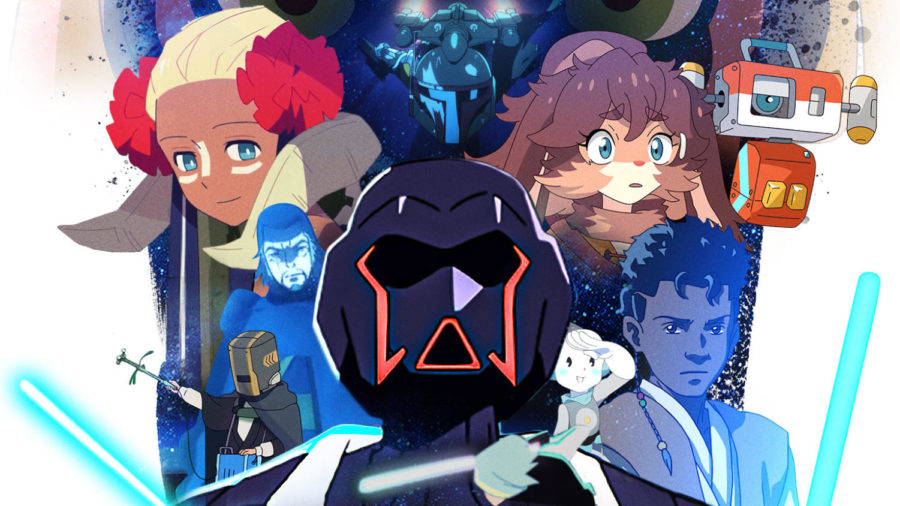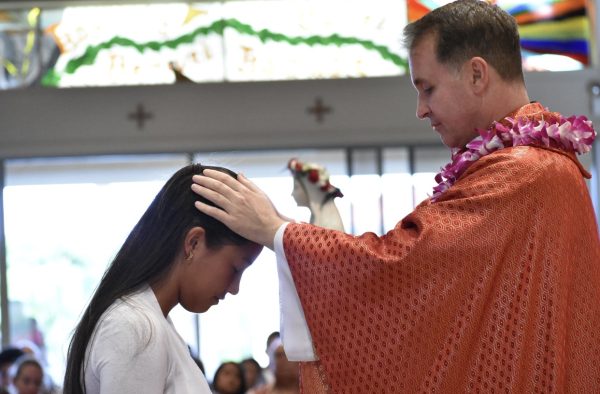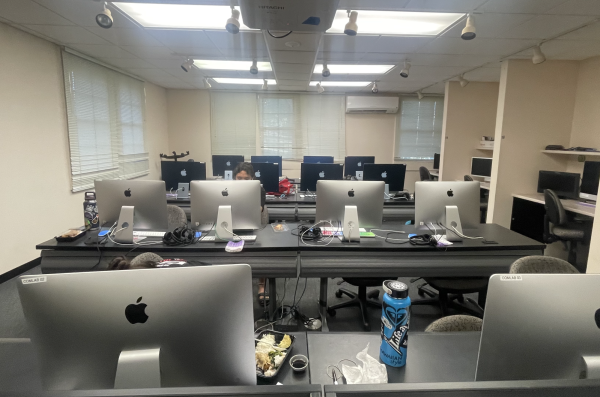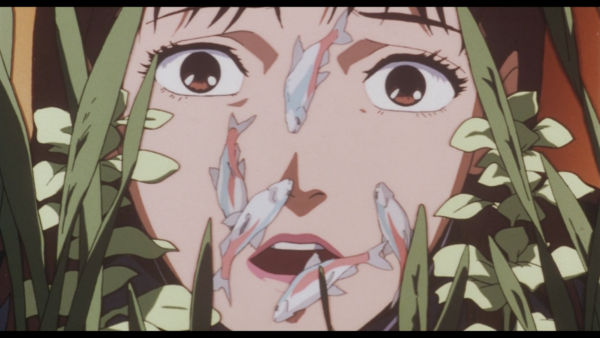‘Star Wars: Visions’ Brings New Experience to Familiar Galaxy
“Star Wars: Visions” is a new series on Disney+ bringing anime to a galaxy far, far away.
“Star Wars: Visions” brings the world of anime and “Star Wars” together in a new dynamic experience. “Visions,” released on Wednesday on Disney+, presents itself as having something for every one, from lighthearted stories about kids learning to be Jedi, to darker stories that question what it means use light and dark.
As an anthology series, each of the nine episodes are unrelated to each other and have a runtime of 13-22 minutes. The seven Japanese anime studios that worked with Lucasfilm to produce the series — Kamikaze Douga, Studio Colorido, Trigger, Kinematic Citrus, Production I.G, Science Saru, and Geno Studio — were given creative freedom in storytelling and could play with established lore and timelines without being tied too heavily to them.
At its peak, “Visions” represents compelling stories about good and evil and its meaning to be a family. It also illustrates how far people will go to save those they love while inspiring hope even if all seems lost. Every episode is visually beautiful and has its own flair. It is best exemplified by episodes “The Duel,” “Akakiri,” and “Lop & Ocho” as they have the strongest storyline and characters while also having solid action scenes.
Kamikaze Douga’s “The Duel,” the first episode, is the standout from the nine. It breaks from the norm of Jedi being the “heroes” of the story. This episode was visually captured on a black and cream color canvas shaded with various tones of grey, except for small lights on buildings, droids, blaster bolts, and lightsabers. “The Duel” challenges the morality of those who we traditionally look at as call good or evil. “Unfortunately, I am not a Jedi,” the mysterious man says as he unsheathes his own red-bladed katana as he faces off against the bandit leader. Their red blades clash, illuminating the small village.
“Akakiri,” the last episode of the series, produced by Science Saru, takes inspiration from the love story of Anakin Skywalker and Palme Amidala during “Episode III: Revenge of the Sith.” Although an adaptive retelling, it is compelling enough to see the fall of another Jedi to attached for his own good. In a clever line of dialogue Tsubaki, the main character in the episode, parallels Anakin’s line before he joins the dark side. “I did what had to be done.”
“Lop & Ocho,” episode eight, by Geno Studio is a visual beauty that strikes at a house divided by two overarching ideas and highlights. Its strengths come from its strong focus on the family, both found and by blood. It tugs at the heart the family becomes more divided, and as it ends, it is left open ended as the two sisters go their separate ways.
This is only a taste of what “Star Wars: Visions” has to offer. Each episode feels like a pilot for a new series while being contained within the nine episodes, it can be easy to compare each episode to the last.
For example, Science Saru’s “T0-B1” (episode six), Triggers’ “The Twins” (episode three), and “The Elder” (episode seven) falls into the category of coming of age but feels like an early morning cartoon show. With over-the-top characters that revolve more around the action than the story, it has lighter tone than the rest of the series as a whole. “The Elder” does have better story than “T0-B1” and “The Twins,” with a dynamic action sequence that redeems it, but the storyline felt predictable.
In contrast, episode five by Production I.G’s “The Ninth Jedi” and episode four by Kinematic Citrus’ “The Village Bride” focus on the power within oneself as both protagonists prove themselves as Jedi despite doubt or being unaware of their full potential. This is a full 180 from Studio Colorido’s “Tatootine Rhapsody,” episode two, which takes to the streets of Tatootine with a space rock and roll.
“Visions” introduces many to “Star Wars” through anime in an ambitious effort to combine the two. Though mostly successful, it encompasses many of the themes that make “Star Wars” so beloved, but some storylines and characters ultimately fall flat due to the limited time constraint and heavy reliance on exposition. If you’re a “Star Wars” fan, you’ll enjoy “Visions,” and what it has to offer. For new fans, it brings a dynamic and exciting visual experience, introducing them to a space opera in a galaxy far, far away.









